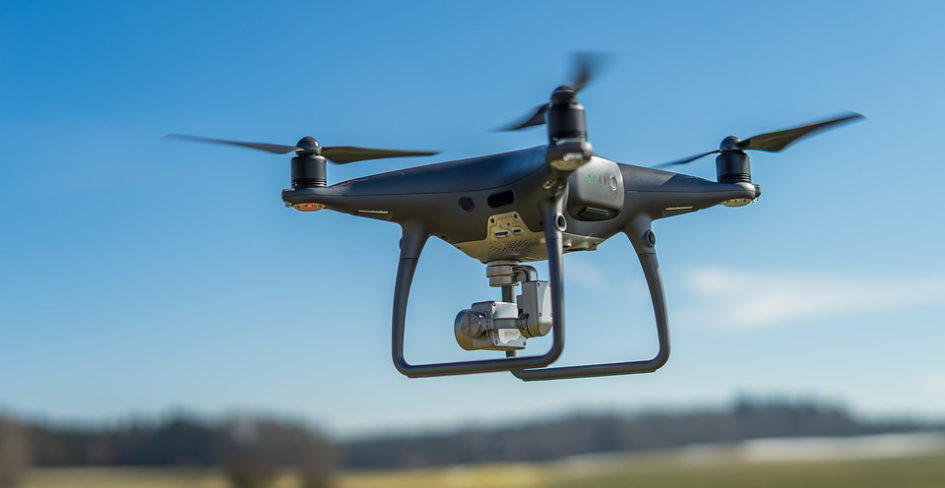While you’re looking at airplanes fly by, you may also want to look for drones too. In a recent decision by the United States District Court in the Central District of California, the court found drones are equivalent to aircrafts, at least as it applies to the aircraft exclusion to bodily injury. Philadelphia Indemnity Insurance Company v. Hollycall Productions, Inc. et al, 2018 WL 6520412 (C.D. Cal. Dec. 7, 2018) (“Hollycall”). This decision serves as a reminder that even when technological advances come into play, the courts will always consider the plain meaning of the words in the policy to determine if a duty to defend is triggered.
In Hollycall, the plaintiff was injured while attending a wedding when a drone hovering at eye level struck her eye. The drone was equipped with a camera and was operated by Defendant Satyan Sukhawl on behalf of Hollycall Productions (collectively “the insureds”). The plaintiff filed a lawsuit against the insureds claiming negligence. The insurer initially declined to provide coverage citing to the policy’s aircraft exclusion, which applied to bodily injury “arising out of the ownership, maintenance, use or entrustment to others of any aircraft, ‘auto’ or watercraft owned or operated by or rented to or loaned to any insured.” The plaintiff’s counsel argued that a drone did not fall within the aircraft exclusion because a drone is not capable of transporting persons or cargo, but instead is unmanned and operated remotely. The insurer agreed to defend the suit under a reservation of rights, including the right to recoup defense expenses incurred and any indemnity paid in the underlying action.
In considering whether the aircraft exclusion applied, the court looked to the meaning of “aircraft.” The court noted the term aircraft was not defined within the policy, but determined the term is “unambiguous.” The court cited to the Merriam-Webster Collegiate Dictionary definition of aircraft which read, “a vehicle (such as an airplane or balloon) for travelling through the air.” Given this definition, the court found a drone travelling through the air is an aircraft under the ordinary and plain definition of the term. Additionally, the court noted “the definition of an aircraft does not require the carrying of passengers” and whether it is “unmanned and operated remotely does not make it any less of an aircraft.” Therefore, the court concluded the aircraft exclusion applied to the underlying action. The insurer was relieved of its duty to defend, had no duty to indemnify, and was entitled to reimbursement for defense-related payments as well as indemnity paid.
